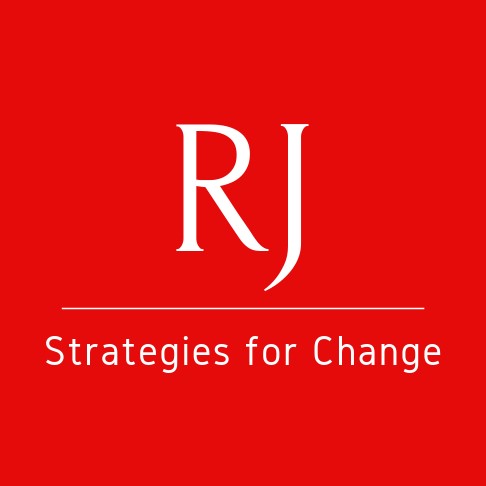In the second of our series of research summaries, intern Karl McGrath has kindly reviewed the recent article Dialogue and a Healing Environment in the Virginia Department of Corrections, by Clarke and Williams (2018). As with Belinda’s article, this article discusses organisational culture, albeit this piece focuses specifically on the role of dialogue methods in changing a the environment across a specific American Department of Corrections.
Key Message:
A vision that is well-planned, well-implemented and provides meaningful opportunities for dialogue can greatly improve the working environment for staff and offenders alike.
Summary:
This article is not directly about implementing restorative justice or practice within an organisation, though it is related. Instead, the article reflects on the experience of one of its authors, Harold Clarke, in implementing and managing a ‘Healing Environment’ across the Virginia Department of Corrections (V-DOC). This ‘healing environment’ was based on the use of dialogue at all levels of the organisation.
Clarke became director of V-DOC at a time of transition and change, and in this sense the conditions were favourable for new ideas and ways of working. Clarke strongly believed, based on his previous experiences as Director of other Departments of Corrections, that “the best way to create lasting systemic change is through the culture”. Clarke’s vision of cultural change was to transform V-DOC into a ‘Healing Environment’, which is described as “a place and an atmosphere where staff could engage with one another to address issues and impediments in order to become better performers” and, in turn, “empower staff to reduce recidivism and promote prevention”. Key to this concept of the healing environment was another concept – dialogue – which meant all employees using their voice to bring about better communication and understanding, break down silos, and create common goals and expectations across the organisation.
Implementation of the Healing Environment started from the top. Clarke introduced the concepts to senior management first, through assigned readings on dialogue and basic dialogue skills training. Senior management were then tasked with bringing the skills back to their teams and applying them, initially in the form of simple ‘check-ins’ before meetings. Dialogue trainers and consultants then helped senior managers to develop plans to scale up dialogue skills across the entire organisation. A vision to bring together different staff departments towards a common goal was created (“One Team, One Mission”) and many different strategies were applied to help raise awareness of, and build skills in, dialogue: posters and newsletter articles were used to help raise awareness; skills, knowledge and understanding of dialogue were developed through, for example, a dialogue ‘train the trainers’ programme which was supported by learning teams, individual dialogue learning plans and a coaching programme to help staff continuously develop their dialogue abilities.
The reaction among staff was largely positive. However, despite the considerable planning, issues emerged. There was a sentiment among some staff that Dialogues were simply “all talk… good for hearing all of the voices, but they don’t get any real work done”. More guidance was needed in how to conduct Dialogues that could make decisions and solve problems, which led to the development of ‘Working Dialogues’. Working Dialogues were to be set up by Unit Heads and facilitated by Dialogue Practitioners. A small but diverse group of staff would be to participate. The groups were intended to explore opportunities, solve problems and make decisions about changes that would affect staff, using a structured method that consisted of 4 phases, as shown below in Fig. 1:
Figure 1: The Working Dialogue Method

Working Dialogues were well received by staff: they could see tangible results and felt a sense of accomplishment from directly contributing to change. More broadly, Working Dialogues became one of the many dialogue mechanisms that were helping to make the Healing Environment a reality throughout the V-DOC. Over time, the work environment has changed dramatically for all levels of staff: everyone is encouraged to share their voice; people are more connected and able to resolve problems; new ideas and programs have been implemented because are more willing to share ideas; and there is a shared vision and greater feeling of togetherness among staff. The rewards have also been shared by offenders under V-DOCs care, attested to by many personal testimonies and the lowest recidivism rate (22.4%) of any state in the US.
You can also find a short impact study on the programme’s implementation here.
